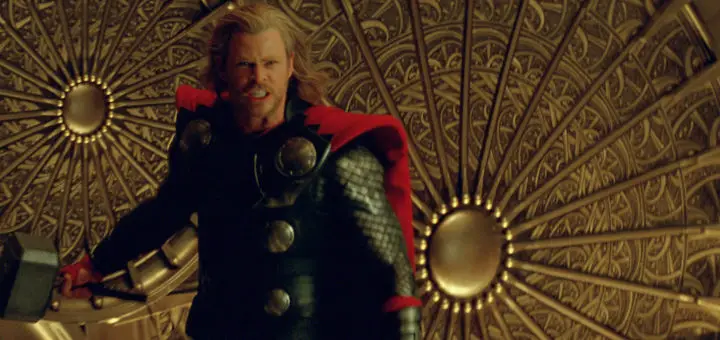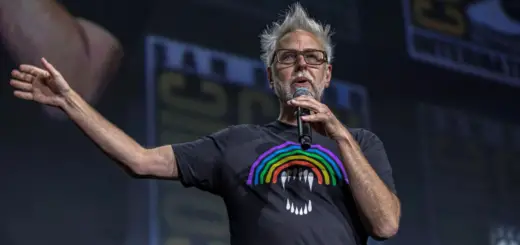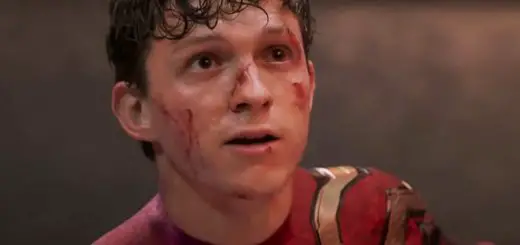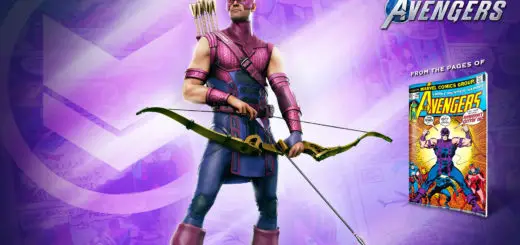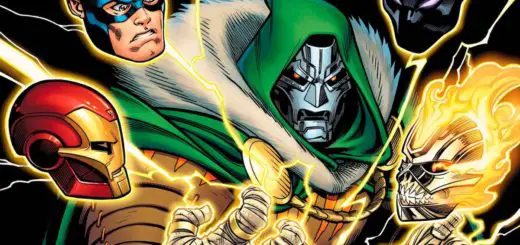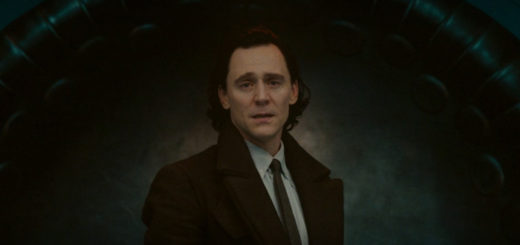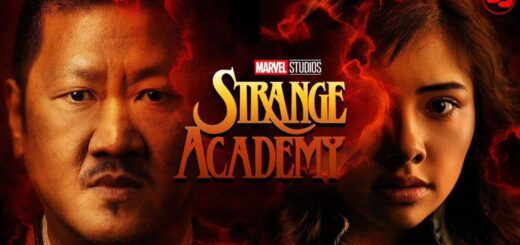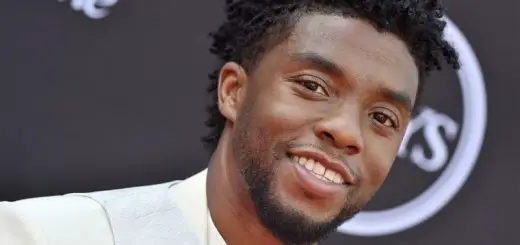MarvelBlog Retro Review: Thor
A playboy billionaire and brilliant inventor who fights crime is a proven commodity in Hollywood.
A man whose outfit overflows with stars and stripes is an easy sell in the United States, too.
Where does that leave a Norse deity, though? I asked this very question of Thor a year before the movie’s release.
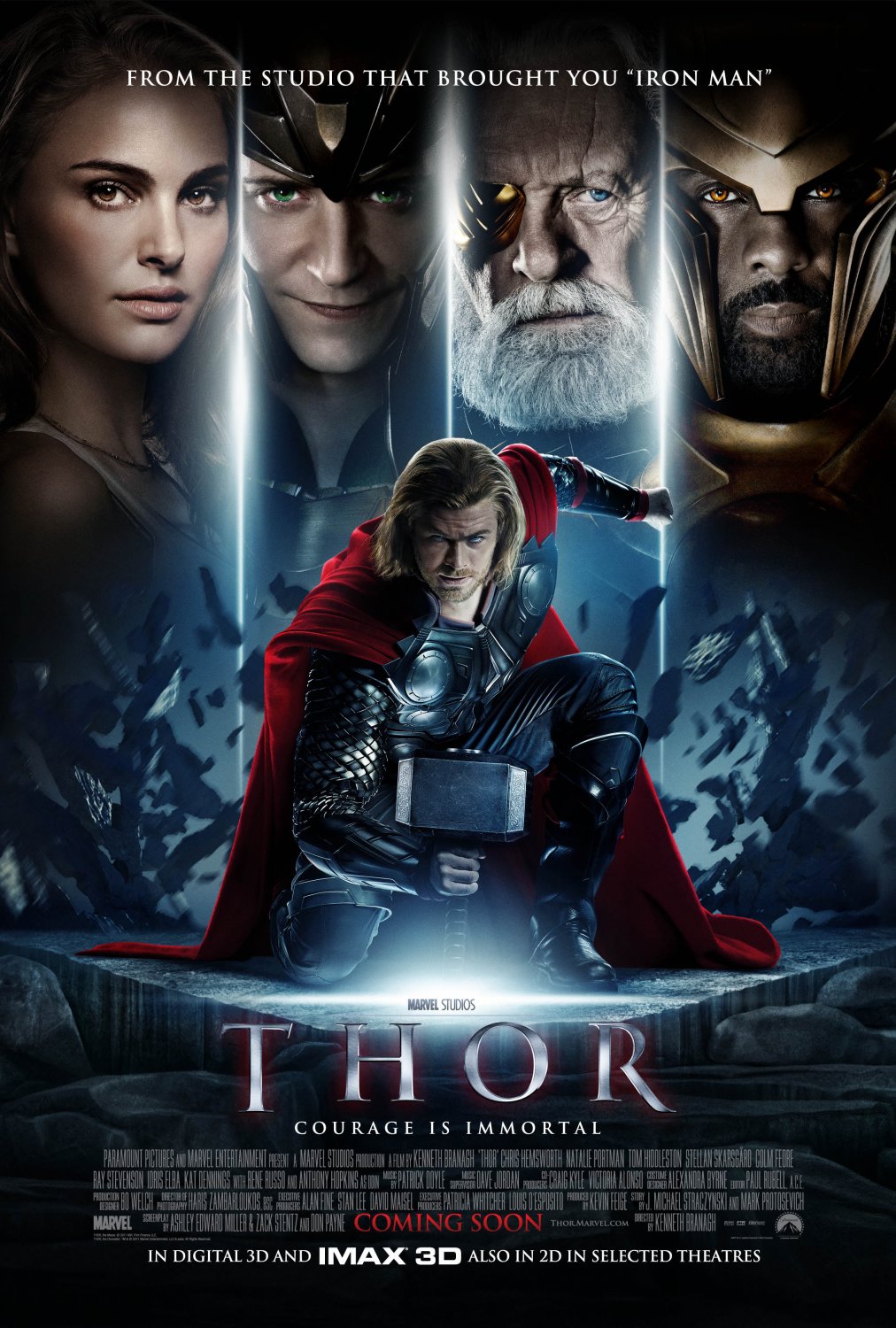
Photo: Marvel
To my surprise, a Shakespearean performer stripped down the story to its best parts and uncovered a thrilling adventure chock-full of charming characters.
Yes, in today’s Retro Review, we’ll take another look at Thor, a film that has no business succeeding but somehow excels anyway.
Everything Was There from the Start
Kenneth Branagh earned his bones as a performer and playwright. During this time, he learned the value of not getting out of line.
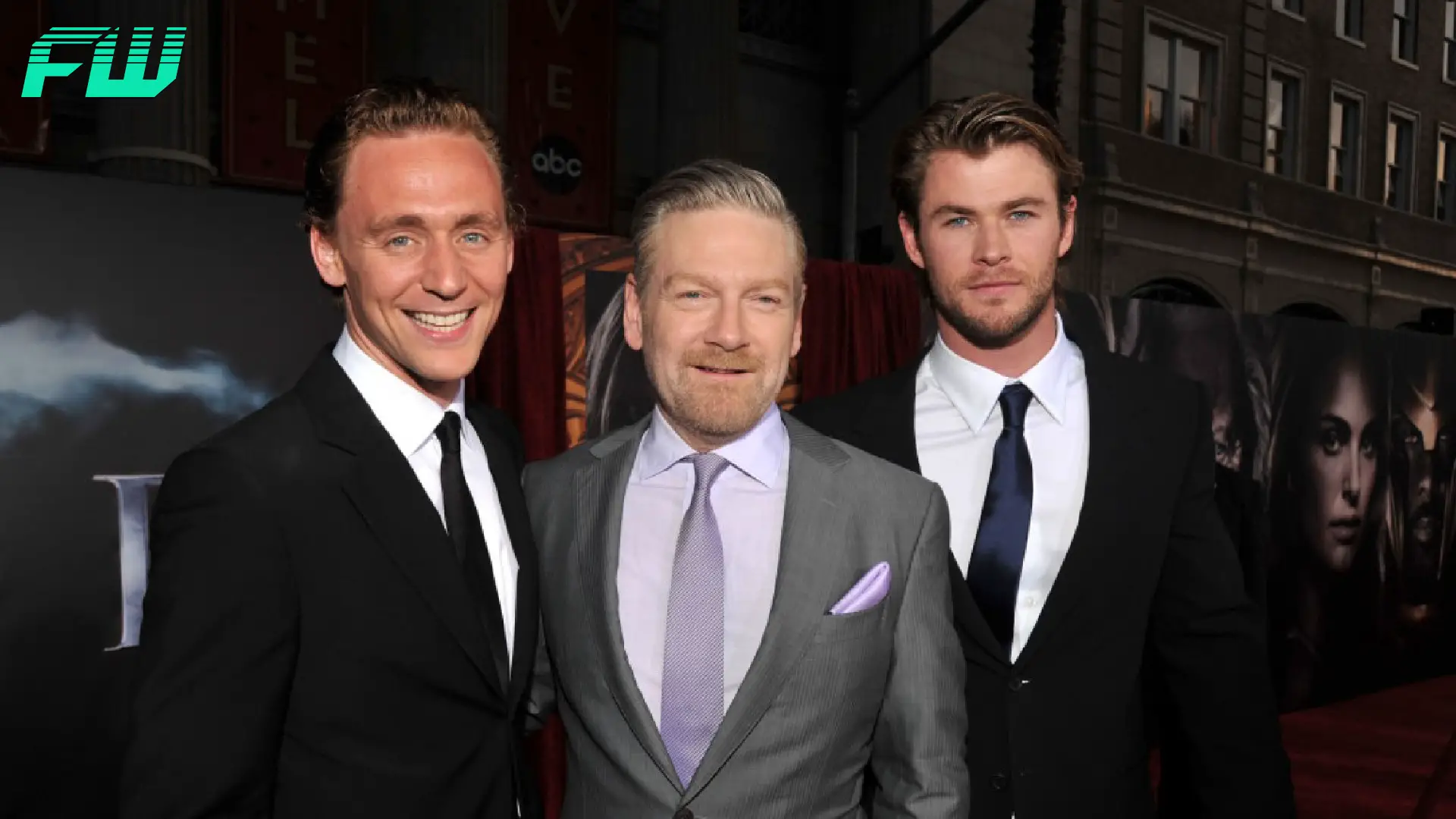
Photo: FandomWire
Sometimes, the best way to tell a story is as simple as trusting the underlying idea.
I thought of this often as I rewatched the opening moments of Thor.
Dedicated scientist Jane Foster has tracked atmospheric disturbances to a remote locale in New Mexico.

In New Mexico. Photo: Marvel Studios
Unbeknownst to her, she has uncovered the Bifrost, a form of interdimensional travel that connects Asgard to the lesser realms.
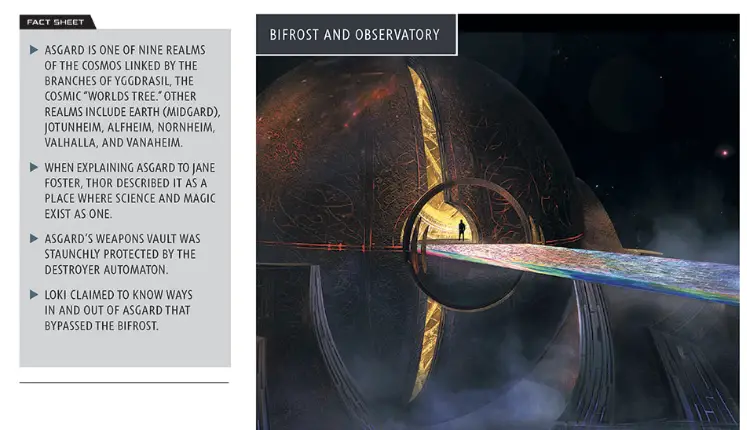
Photo: Marvel
Foster and her two associates prove her research by…hitting a man with their R.V.
As far as meet-cutes go, this one’s pretty violent. But Branagh doesn’t give the viewer time to catch a breath.
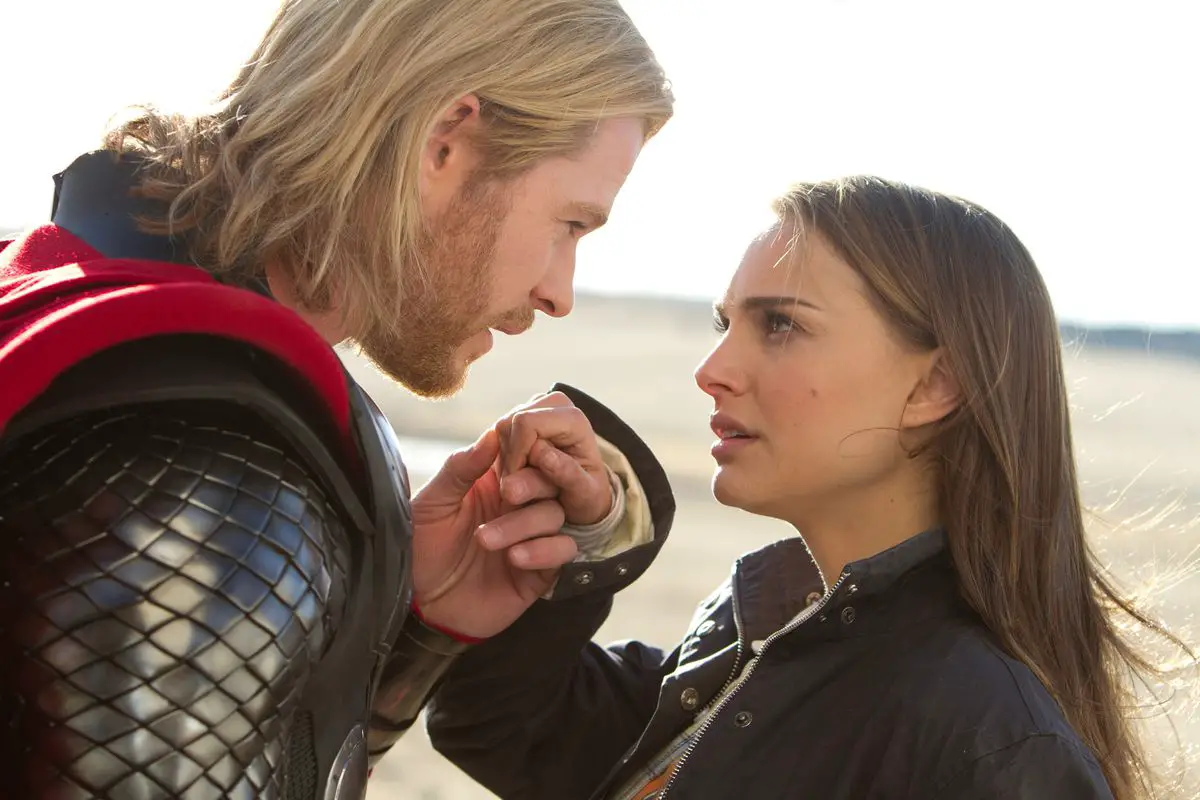
Photo: Marvel Studios
We immediately switch to the pertinent backstory, a tale of Frost Giants trying to enslave…Norway?
The year is 965 A.D., and a ruler named Laufey seeks dominion. His weapon of choice is blue. Yes, four minutes into Thor, the Tesseract appears.
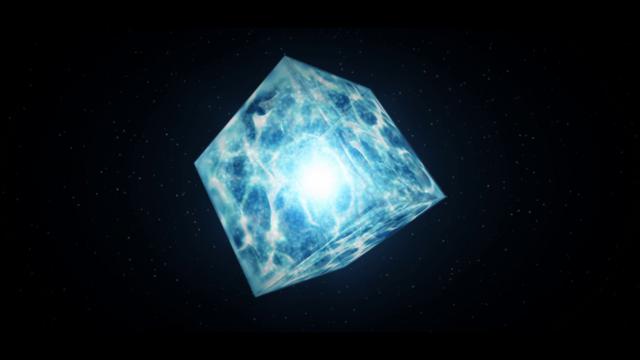
Tesseract. Photo: IGN.com
A decade later, we appreciate the power of this Infinity Stone. At the time, my main takeaway was that it felt like an awkward link to Captain America: The First Avenger. Oops.
Branagh reveals the struggle between the Frost Giants and Odin’s loyal Asgardian troops.
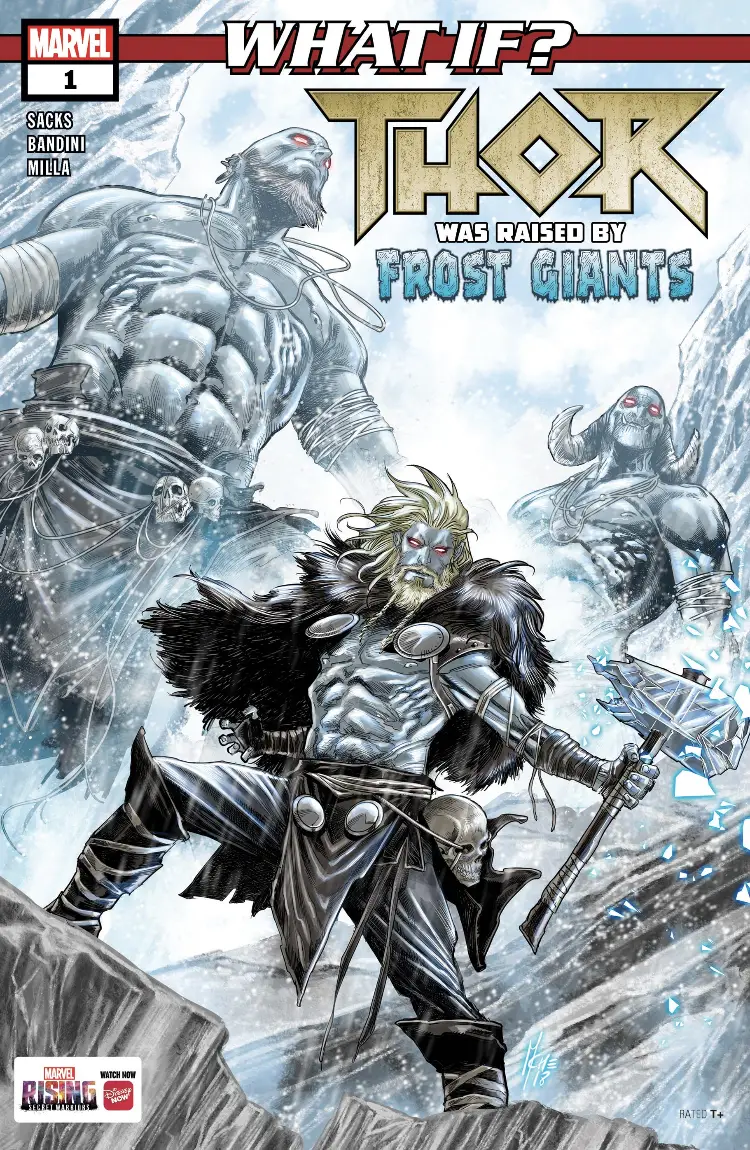
What If? Thor Was Raised by Frost Giants. Photo: Marvel Comics
Laufey ultimately loses this war. Meanwhile, Odin sacrifices an eye. It’s clear that the enmity between the two will never dissipate.

Photo: Marvel
Importantly, Asgard claims the Tesseract, which it stores “safely” in a theoretically impenetrable fortress.
Oh, and Loki’s there. That’s where the Branagh really shines through. He mines the family discord as if Shakespeare had crafted the story.
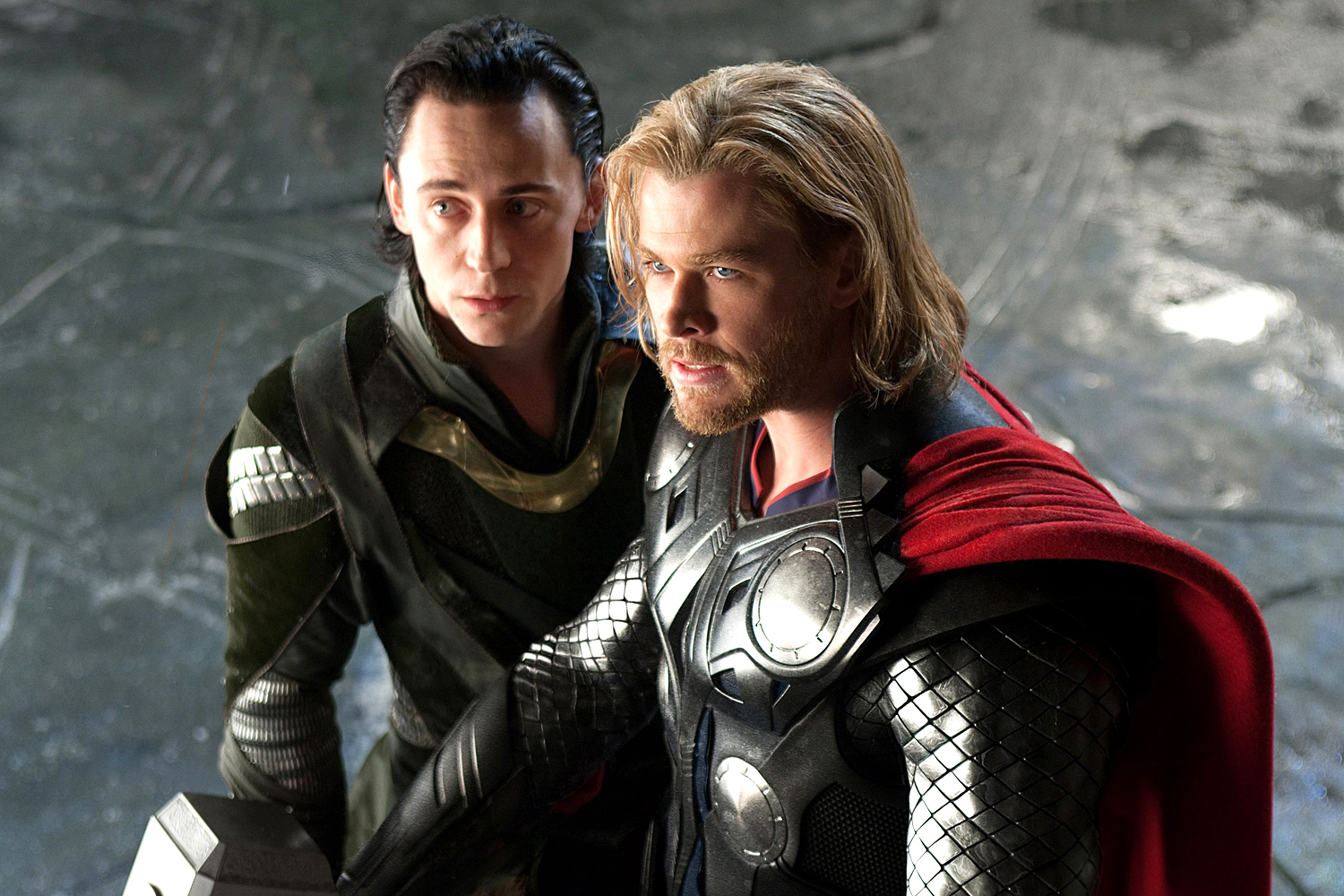
Tom Hiddleston and Chris Hemsworth in Thor (2011). Photo: Zade Rosenthal/Marvel/Paramount/Kobal/Shutterstock
One brother is the shining son, beloved by all. The other has a heart full of shadow and a trickster nature.
Yes, Thor set the tone for a decade of conflicted brotherly fighting.
Heavy Lies the Crown
An ostentatious ceremony concludes with Frost Giants invading the castle. They rudely interrupt Thor’s coronation moments before he replaces Odin.
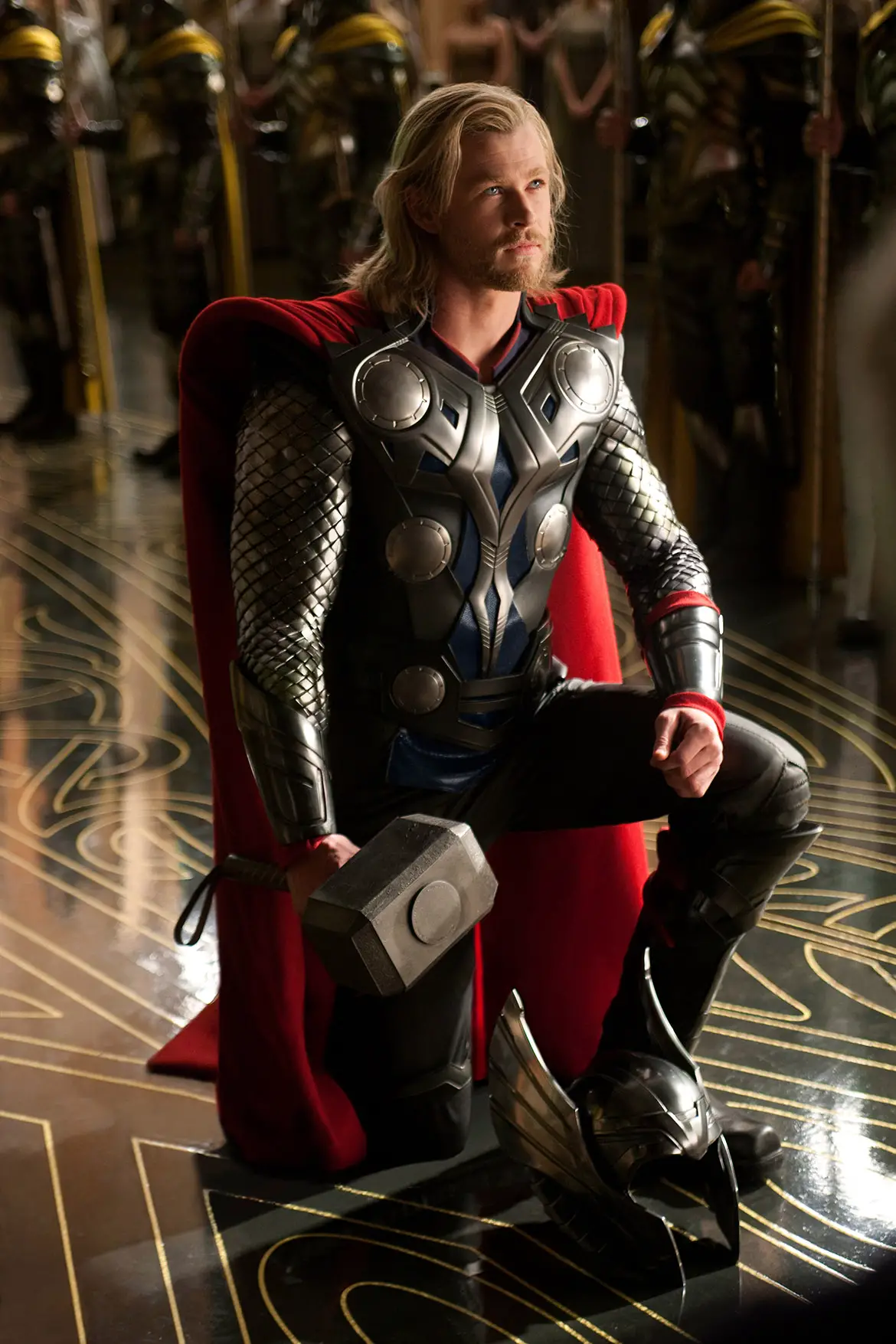
Photo: Zade Rosenthal/Marvel Studios
A shiny robot with some sort of heat vision melts the giants. The rash Thor chooses to invade the Frost Giant homeland of Jotun to make a point.
Some bumbling buffoons (terribly) named the Warriors Three join him, as does Loki. Thor’s friend zone fighter, Lady Sif, comes, too.
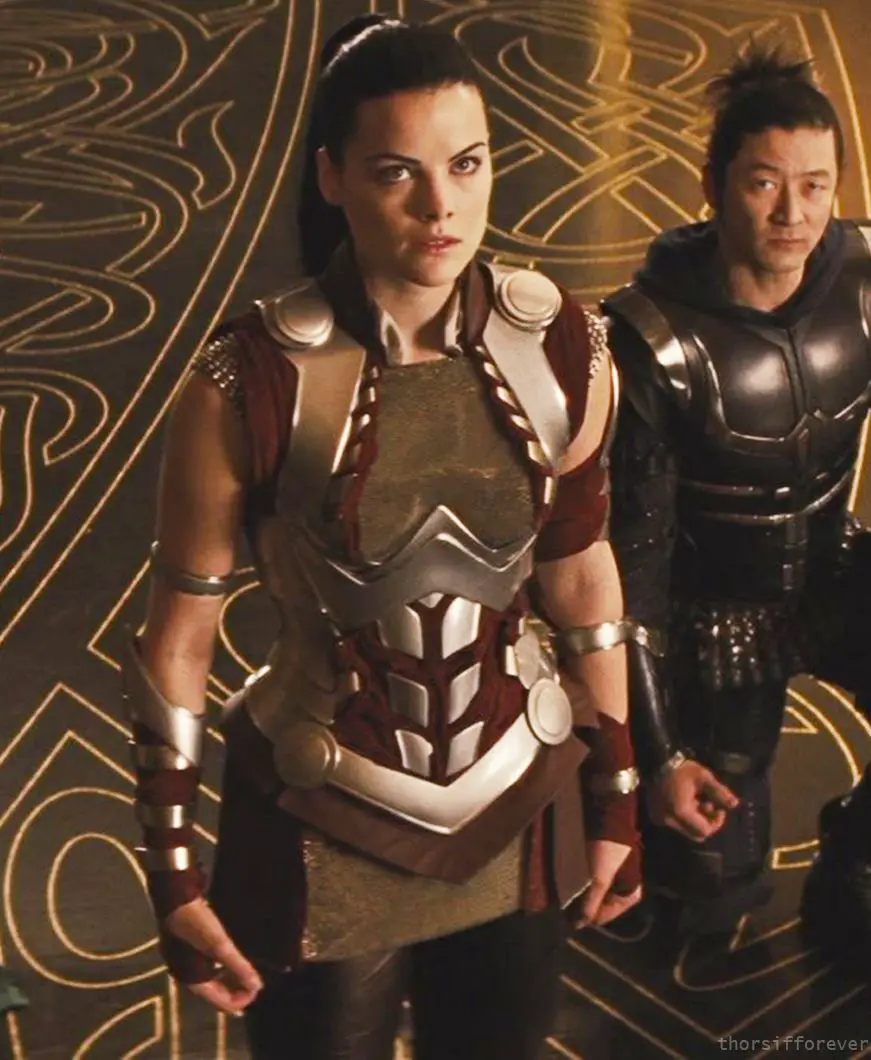
Photo: Marvel
Moments after Thor nearly became ruler of all Asgard, he proves he is wholly unworthy of the crown, something his father had sensed.
Throughout the first decade of the MCU, Thor has proven time and time again that he’s an impulsive thinker, not a strategist. Remember that moment when he didn’t aim for the head?
Anyway, Thor’s ill-considered invasion fractures the Frost Giant alliance, one of the few nitpicks I have. You’d think the castle attack would have already done that.
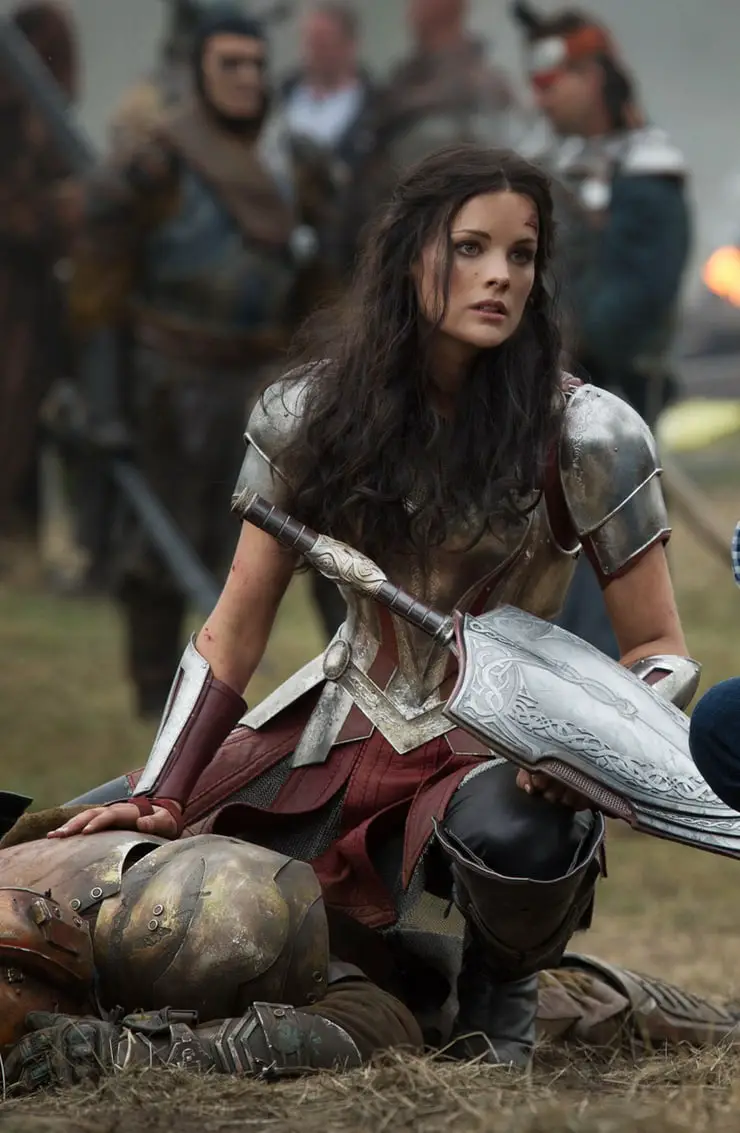
Photo: Marvel Studios
Odin gets mad and banishes his son from Asgard, hurtling him into the waiting path of Jane Foster’s Science Jeep.
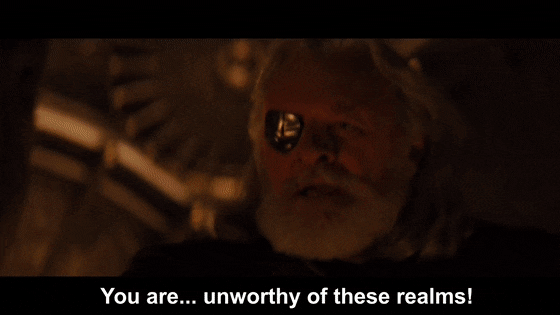
PSA: Don’t hit your children, no matter how old they are. Photo: gfycat
What does Odin do? He takes a nap. Norse mythology is pretty messed up.
Of course, the worst part is that Laufey intuits in like three seconds that Loki is behind everything. Meanwhile, Thor and Odin have no idea. Odin really does need a nap.
The Fault Is Not in Our Stars but Ourselves
Most of Thor takes place in New Mexico, not Asgard. CGI backdrops weren’t cheap in 2011.
Foster’s trusted mentor, Erik Selvig, portrays the wise advisor while Darcy Lewis, a political science major, won’t risk her life for six college credits.
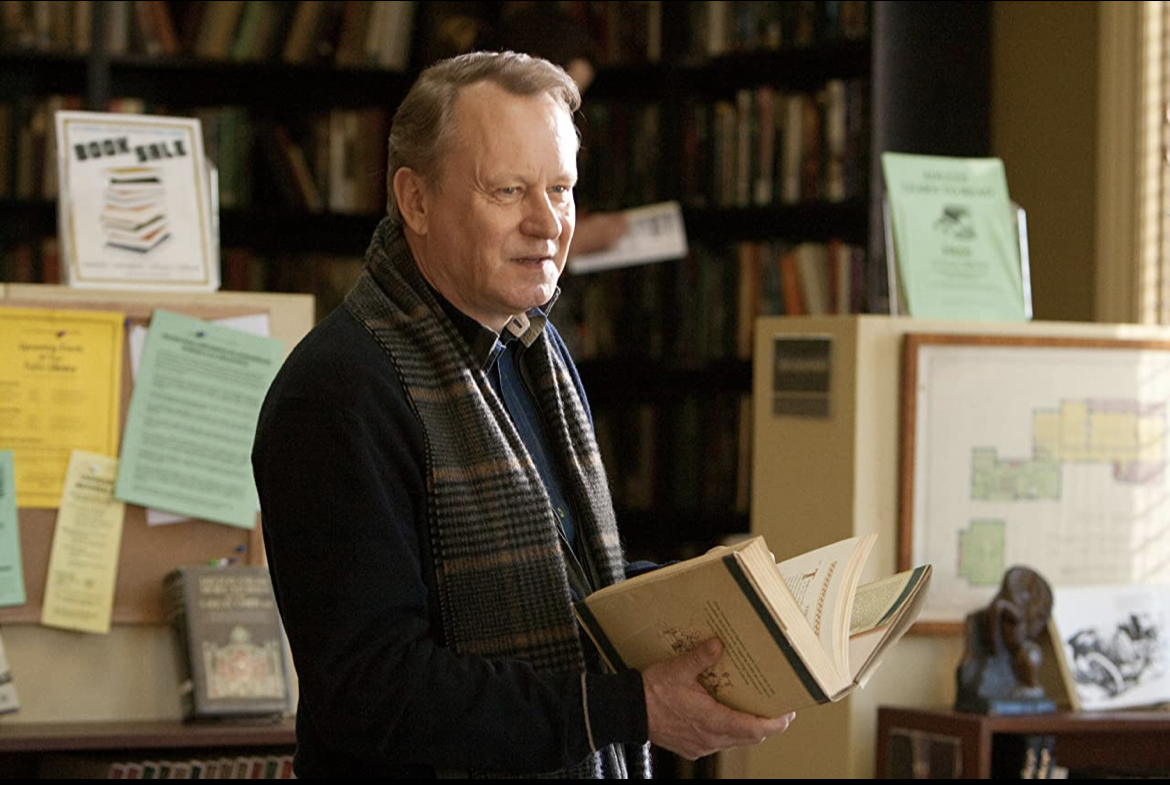
Selvig in Retro Review of Thor. Photo: Marvel
Actress Kat Dennings is in the film to provide comic relief, something she does impeccably. Of course, she’s even better in WandaVision, though.

Photo: Marvel
These three form an uneasy alliance with Thor, whom they believe is insane but also the key to unlocking the mystery of the atmospheric disturbances.
Frankly, a lot of the second act shouldn’t work, as it’s predictable and unoriginal. The cast sells out for the premise, though.

Photo: Marvel Studios
Also, Branagh comes up with a brilliant side story. Mjolnir falls from Asgard and lodges itself in the New Mexico desert.
Since no one is worthy, a Sword in the Stone scenario unfolds. Nobody can move the hammer. This oddity leads to a visit from Agent Coulson.
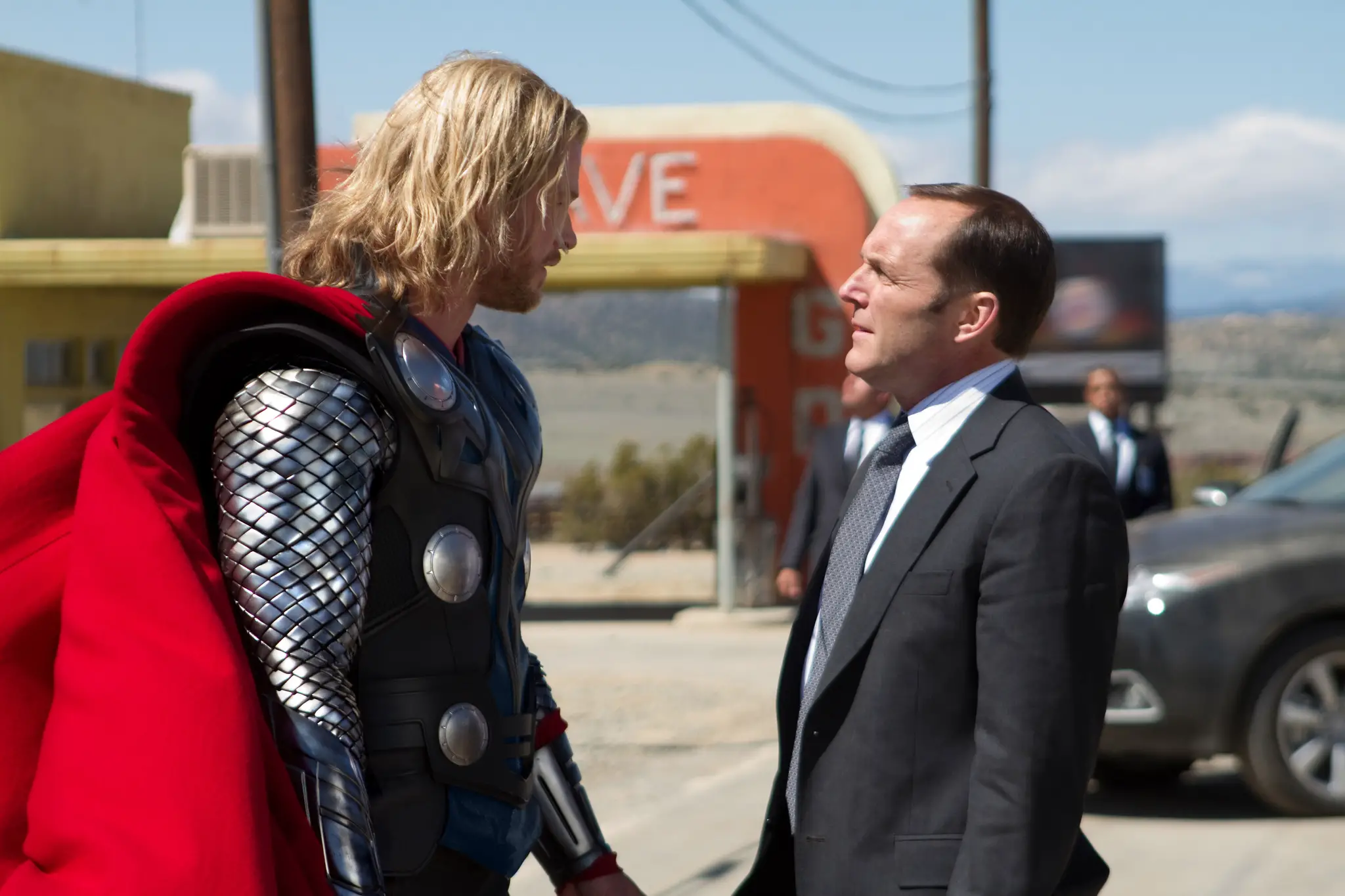
Photo: Zade Rosenthal/Marvel Studios
Plus, I’m always a sucker for rednecks trying to solve problems with high-horsepower trucks.
Meanwhile, back on Asgard, Loki discovers that he’s a Frost Giant. He also finds a way to take the throne of Asgard. What an overachiever.
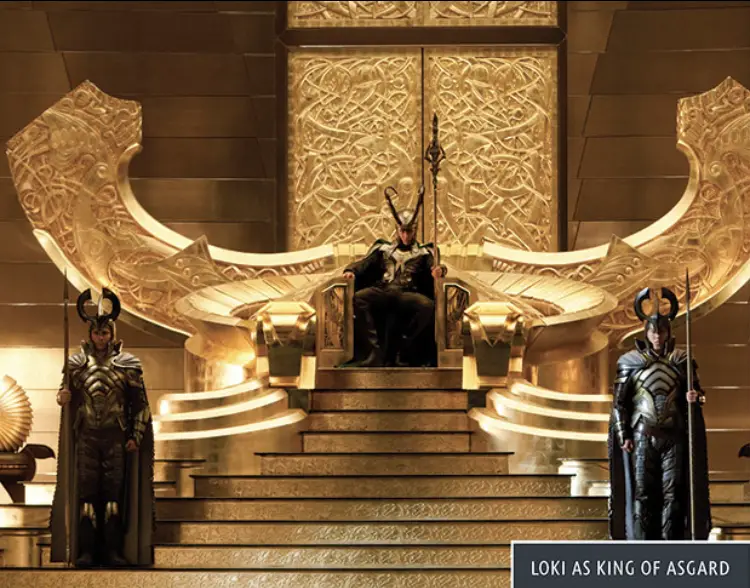
Photo: Marvel
Seriously, the Loki/Thor dynamic has elements of greed, jealousy, betrayal, and general jackassery. Branagh really was the perfect choice for director.
In War, Events of Importance Are the Result of Trivial Causes
The loose connection between Asgard and New Mexico stems from Selvig, who learned Norse mythology as a child. Admittedly, it’s thin.
Somehow, events transpire that lead Foster and Thor to separate, only to join together again for an unlikely excursion.
Coulson shows up and sets up a S.H.I.E.L.D. base around Mjolnir. It functions as a honey trap for Thor, who cannot resist.
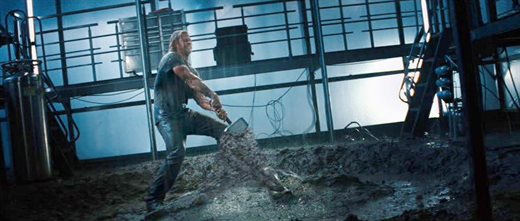
Photo: Marvel Studios
Amusingly, Hydra infiltrator Jasper Sitwell is in charge of part of this setup. He’s not the main draw here, though.
A mise-en-scene shows Thor try to claim Mjolnir. An outside observer watches. This person grabs a bow rather than a gun. Yes, it’s Hawkeye.
Pretty much every Agent of S.H.I.E.L.D. within a 100-mile radius of New Mexico fights Thor, with all of them ultimately failing mightily.

Agent Coulson (Clark Gregg, center) in THOR, from Paramount Pictures and Marvel Entertainment. Photo: Zade Rosenthal/Marvel Studios
As Thor struggles to reach Mjolnir, Clint Barton gets off the best line in the movie. “I’m starting to root for this guy.” By this point, we all are.
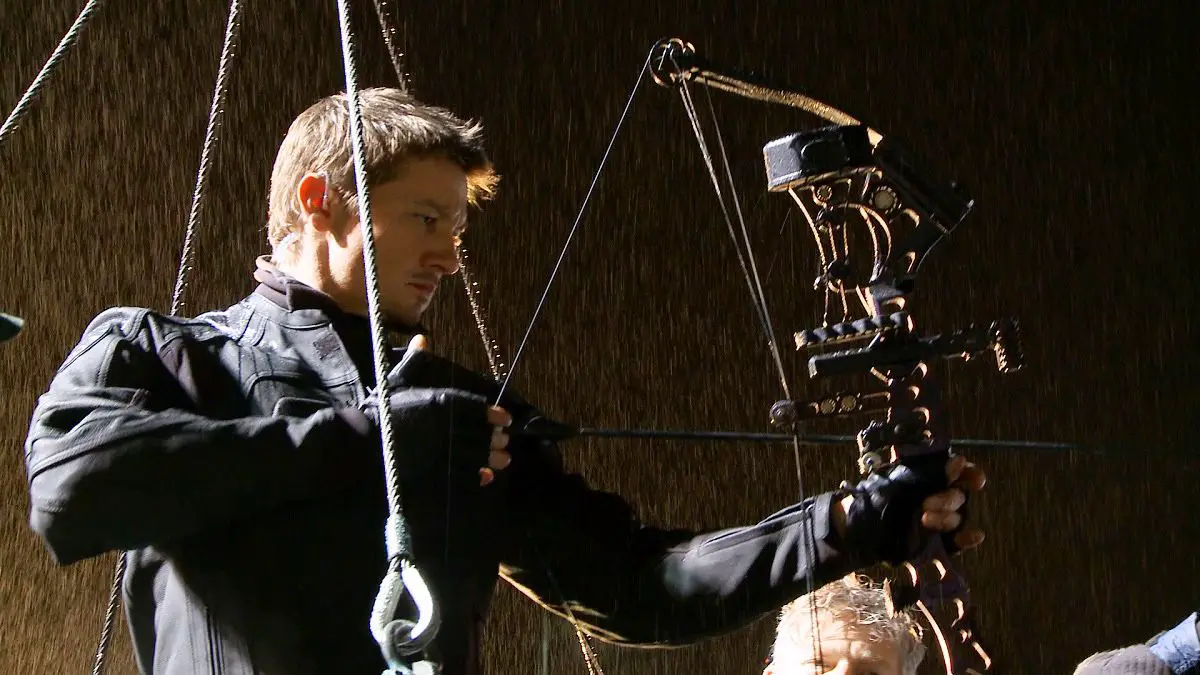
Photo: Marvel Studios
Somehow, Mjolnir doesn’t believe Thor is worthy, though. That’s a nice touch by Marvel. We already established he’s a fighter.
To prove his nobility, Thor must show that he has matured and added some wisdom, too.
At the time, I remember this failure felt like a cheat, though. I viewed it as a way to delay the reunion of Thor and Mjolnir. I get the more profound meaning now.
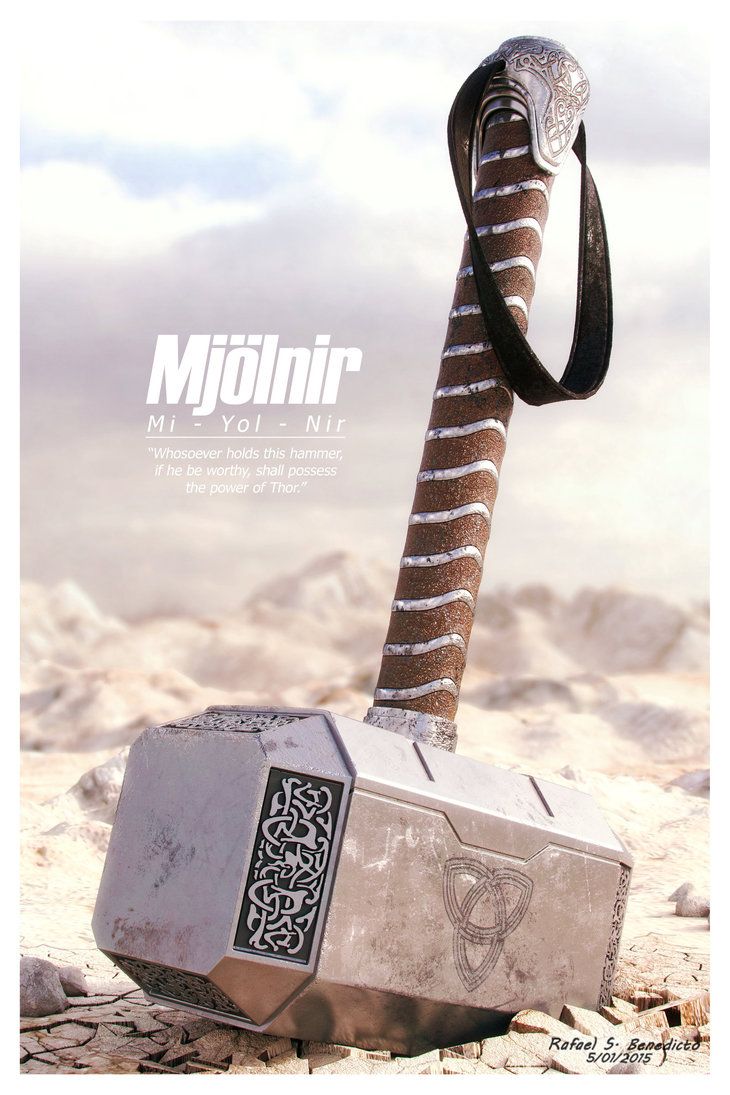
Photo: Pinterest
While Thor suffers at a S.H.I.E.L.D. facility, Loki visits and informs his brother that Odin has lied. Why Thor trusts Loki each time remains a mystery.
Thankfully, “Xena, Jackie Chan, and Robin Hood” visit New Mexico to inform Thor of the truth.
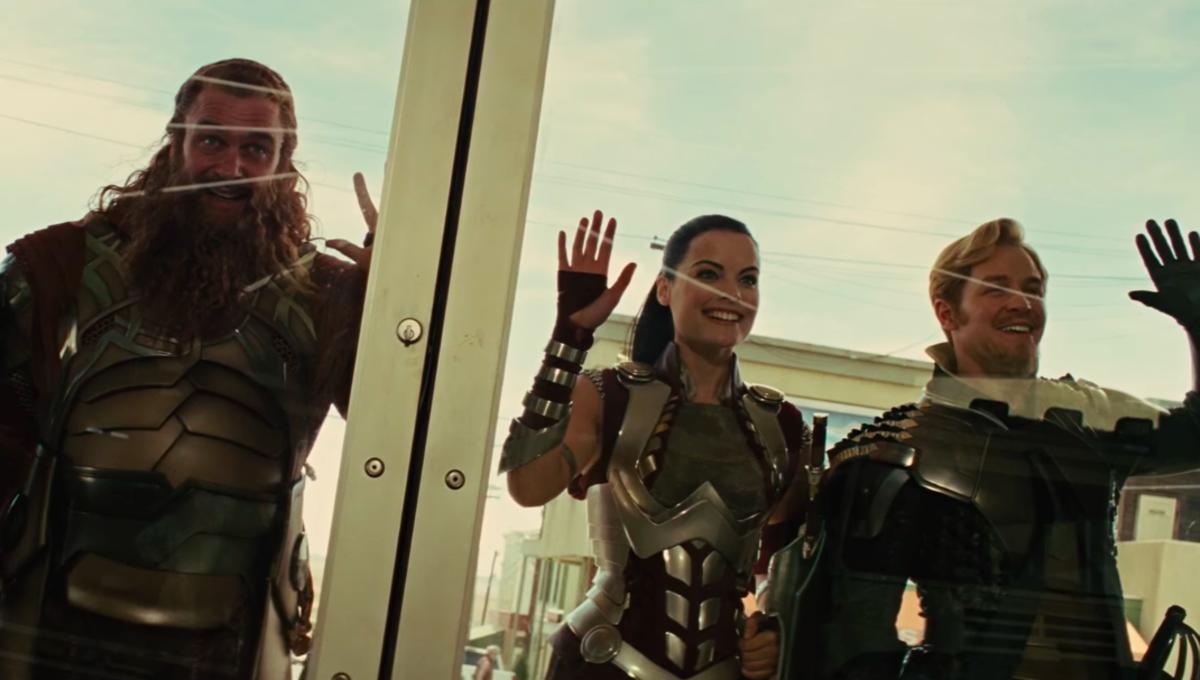
Photo: Marvel Studios
Now is when Thor fights the shiny bad guy and stops his brother from ruling Asgard.
A Happy Ending Cannot Come in the Middle of the Story
During this viewing of Thor, I noticed a bit more age on the ideas. We’ve watched Thor and Loki fight so often that the first film has lost some mystique.
Still, some moments from the movie satisfy to this day. The Destroyer looks cool and seems dominant.
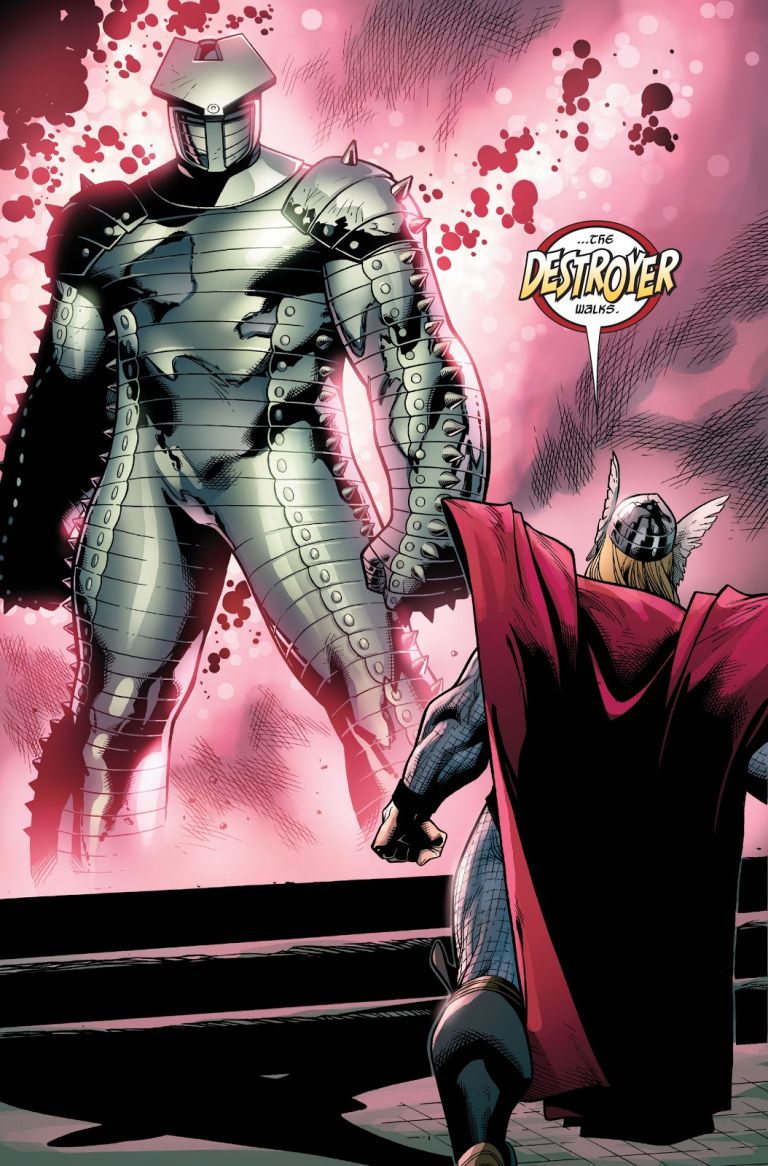
Photo: Marvel Comics
Thor’s eventual earning of Mjolnir feels satisfying and believable. Then, there’s that ridiculous Natalie Portman line.
Every time I watch her say, “Oh, My God,” I love and hate it in the same breath.
For a decade now, people have taken Chris Hemsworth for granted as Thor, while Tom Hiddleston receives all the attention.
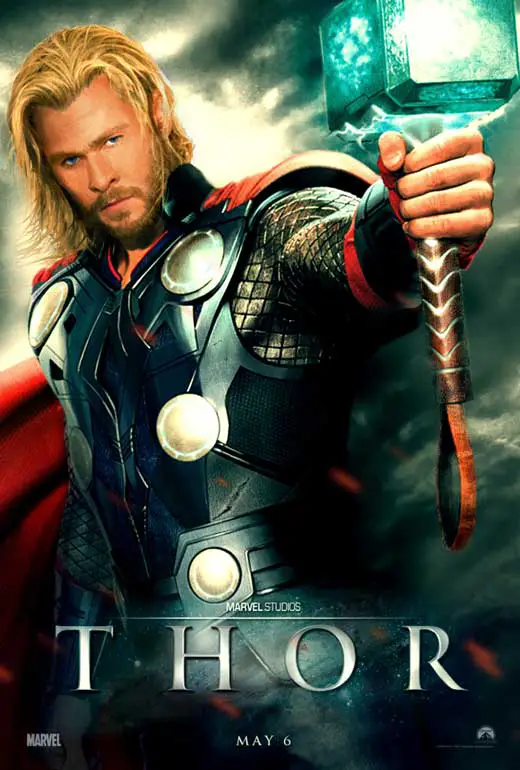
Photo: Marvel
However, during the pivotal moments of Thor, I admire Hemsworth for his earnestness and persuasive line delivery. It makes Loki’s treachery seem that much worse.
Stories have faces and heels. For whatever reason, people love the heels for doing the things that we never would.

Photo: Zade Rosenthal/Marvel Studios
The faces always have a more challenging time in getting people to root for them anyway. Hemsworth achieves this goal in Thor better than I remembered.
Verona, for a While, I take My Leave.
Some parts from Thor make less sense than they did then.
I’ve resisted commenting on the love story between Foster and Loki, as Natalie Portman’s decision to walk away for a while left it in limbo.
Similarly, I’m leaving Heimdall out of it, as a later decision negates much of what Idris Elba does here.
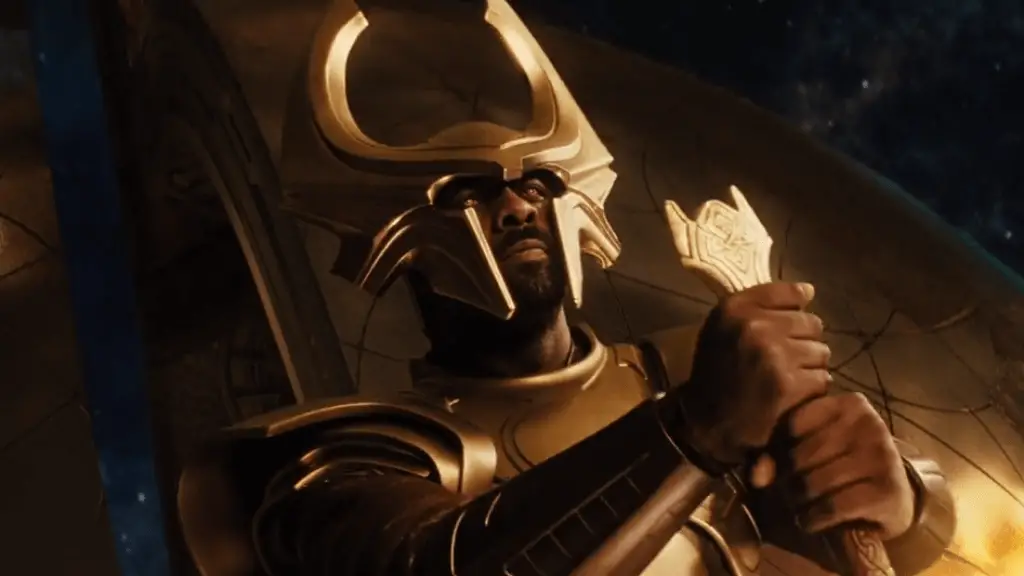
Photo: Norse and Viking Mythology via Marvel
I also recently watched Rene Russo in Loki and have no idea what to make of that relationship now.
The later revision seems forced now that the idea is to redeem Loki at least somewhat.
Even so, Thor delivers something that no D.C. Comics movie did until Shazam! in 2019. It provides tons of fun, making it the most popcorn MCU movie to date.

Retro Review of Thor. Photo: Marvel Studios
I notice the flaws more now, but that doesn’t make me love it any less.
Branagh took a ridiculous character, a drunken, self-absorbed buffoon, and turned him into a plausible superhero.

Thor #10 cover art by Michael Del Mundo. Photo: Zeus Comics
Thor still gets an A 10 years later.
I’m really looking forward to watching Natalie Portman as Lady Thor, though. I found myself thinking about that a lot during this rewatch.
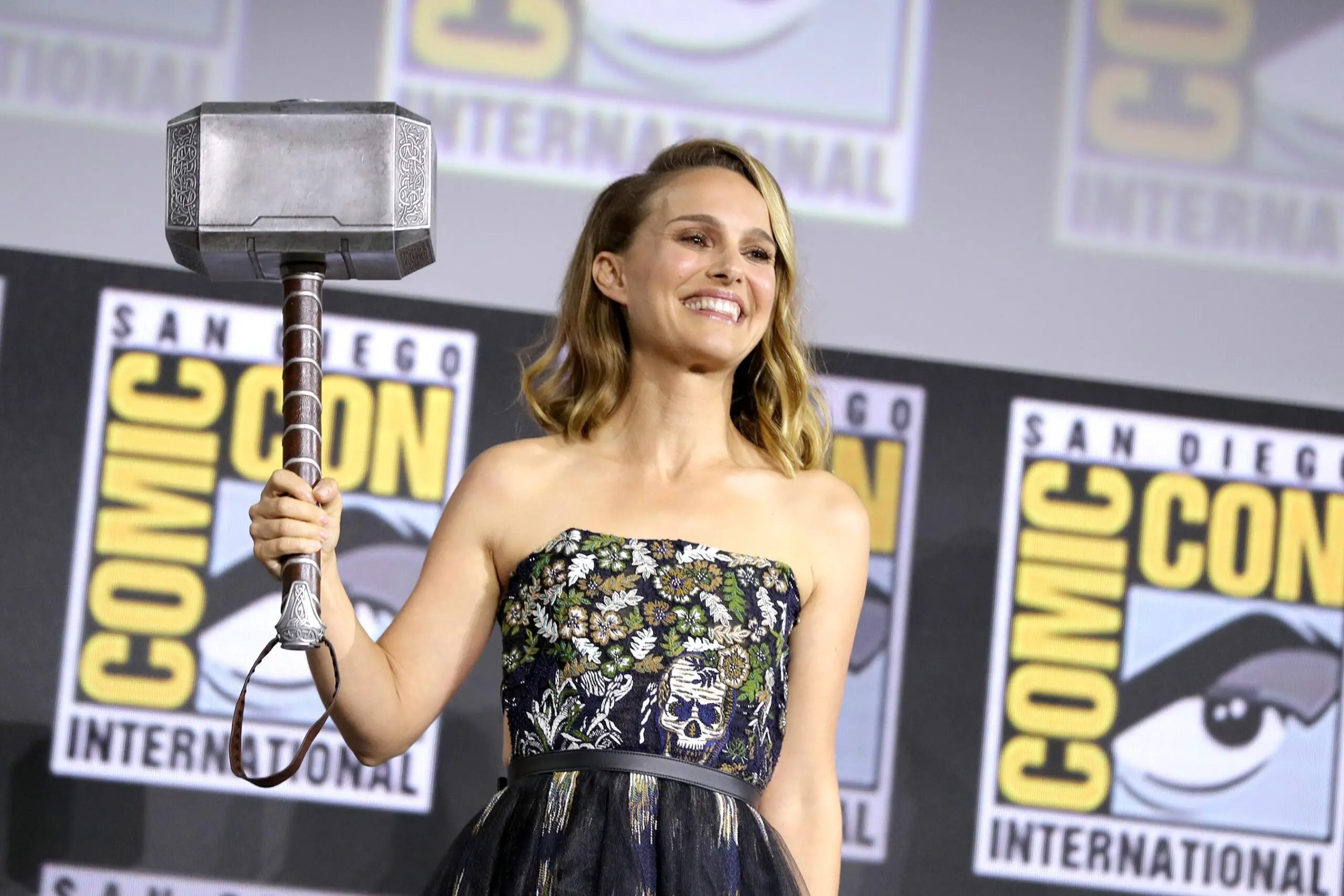
Photo: Chelsea Lauren/Variety/Shutterstock
Road map: My next article will be a discussion of the Loki pilot. So, I’ll take a break from Retro Reviews until the season ends.
Next up is The Avengers, the film that unites all the superheroes we’ve watched in Marvel movies thus far.

Photo: Marvel
Suffice to say that public opinion of the talent behind the scenes has changed dramatically since then. Will that impact the viewing experience?
Check back in six weeks to find out!
(You can think of this as the mid-season finale!)


